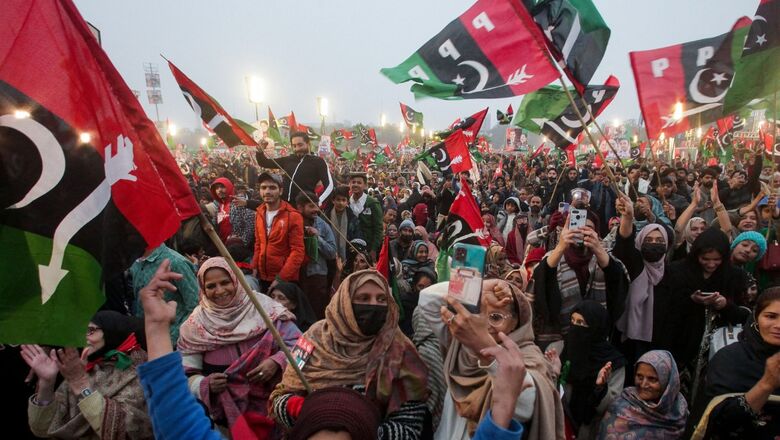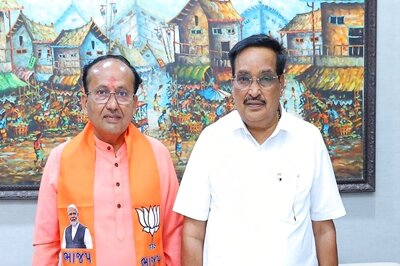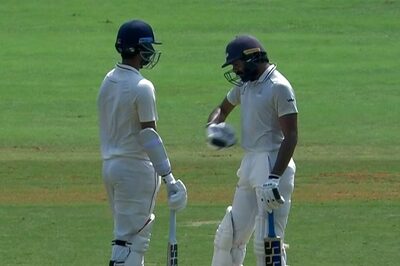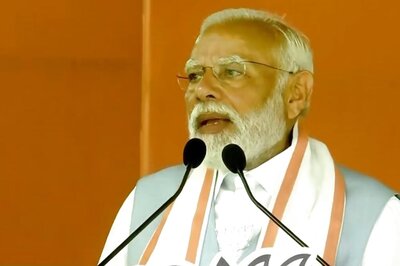
views
Pakistan goes to the polls on Thursday in a widely watched national election that will lead to the formation of a new government to lead the crisis-ridden nation for the next five years.
Here are some facts about how the electoral system works in Pakistan:
– Pakistan is a parliamentary democracy and voting will take place for seats in the federal legislature, called the National Assembly, and four provincial, or state, legislatures.
– 128 million Pakistanis out of a population of 241 million are eligible to vote – all those above 18. Polling booths are open from 8 a.m. to 5 p.m. (0300 GMT to 1200 GMT) usually but time can be extended in exceptional individual circumstances.
– On election day, voters will cast their ballots for two legislators to represent their constituency – one federally and the other provincially. There are 5,121 candidates contesting for the federal legislature and 12,695 for the provinces.
– Unofficially, results begin coming a few hours after polls close, and there will be a clear idea of who would have won by early Friday morning. Official results are likely to be announced by the Election Commission officers on Friday.
– The National Assembly consists of 336 seats – 266 are decided through direct voting on polling day, while 70 reserved seats – 60 for women and 10 for non-Muslims – are allotted according to the strength of each party in the house.
– Victorious candidates become members of the National Assembly. Independent candidates have the option to join any party after the elections.
– Once constituted, the National Assembly holds a parliamentary vote to select a leader of the house, who becomes the prime minister.
– A successful candidate must show a simple majority in the house – that is, the support of at least 169 members.
– Once a prime ministerial candidate wins the vote in the National Assembly, they are sworn in as prime minister. The new prime minister picks cabinet ministers, who form the federal government.
– A similar process is followed at the provincial level to pick a chief minister and a provincial government.
(With agency inputs)




















Comments
0 comment